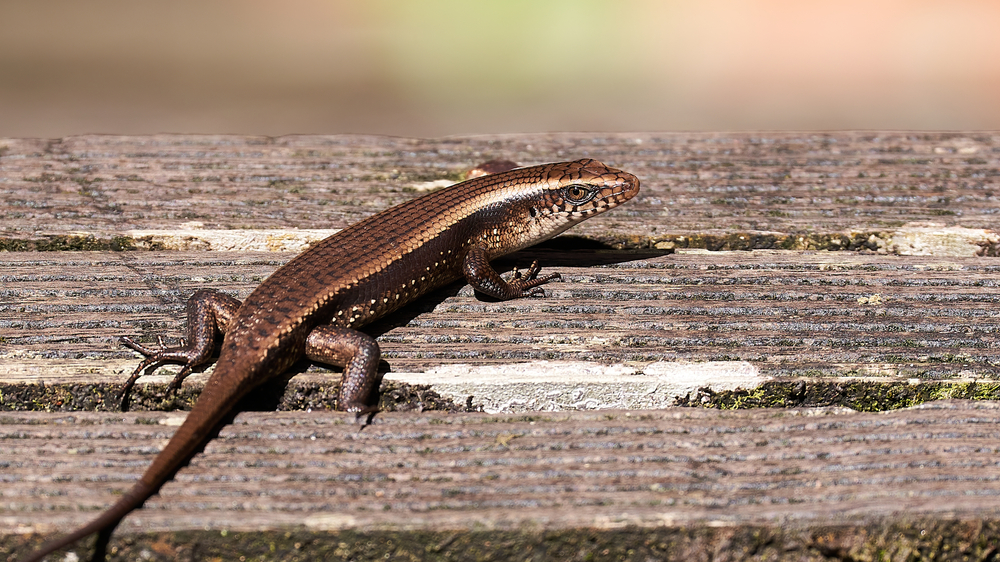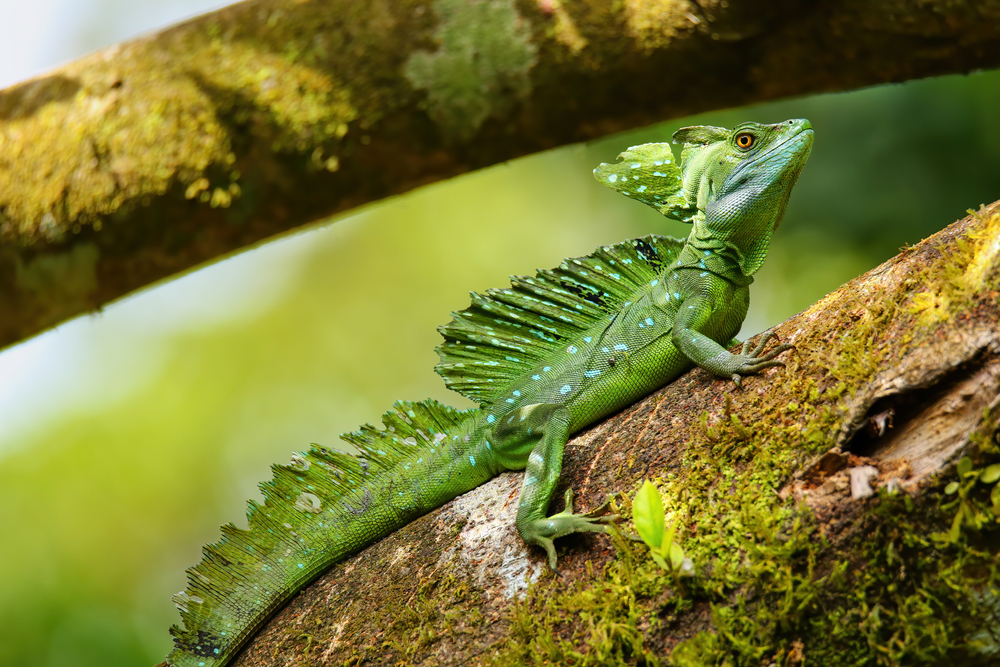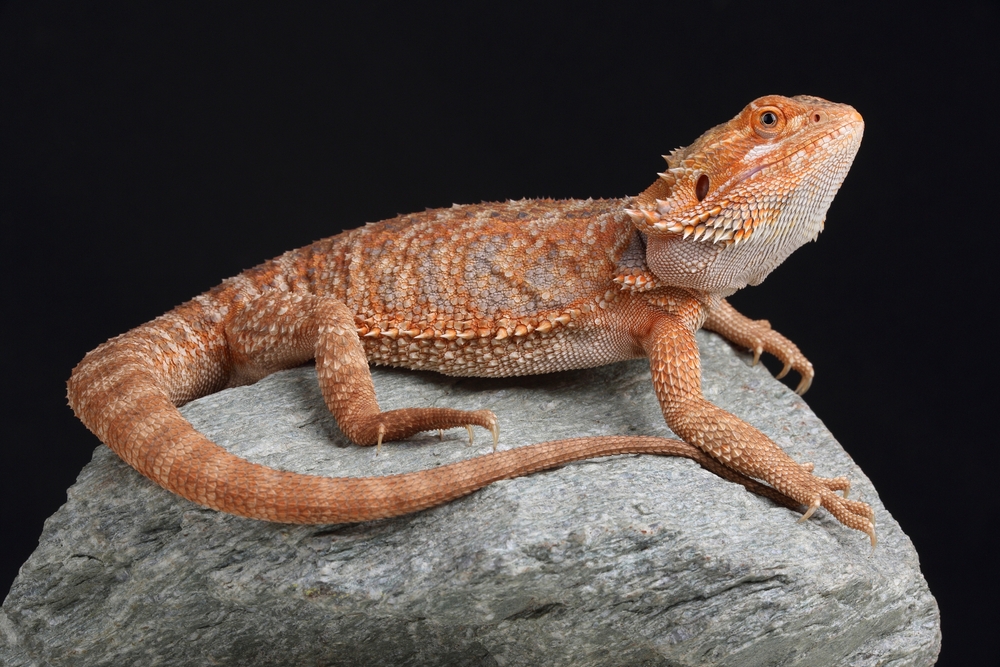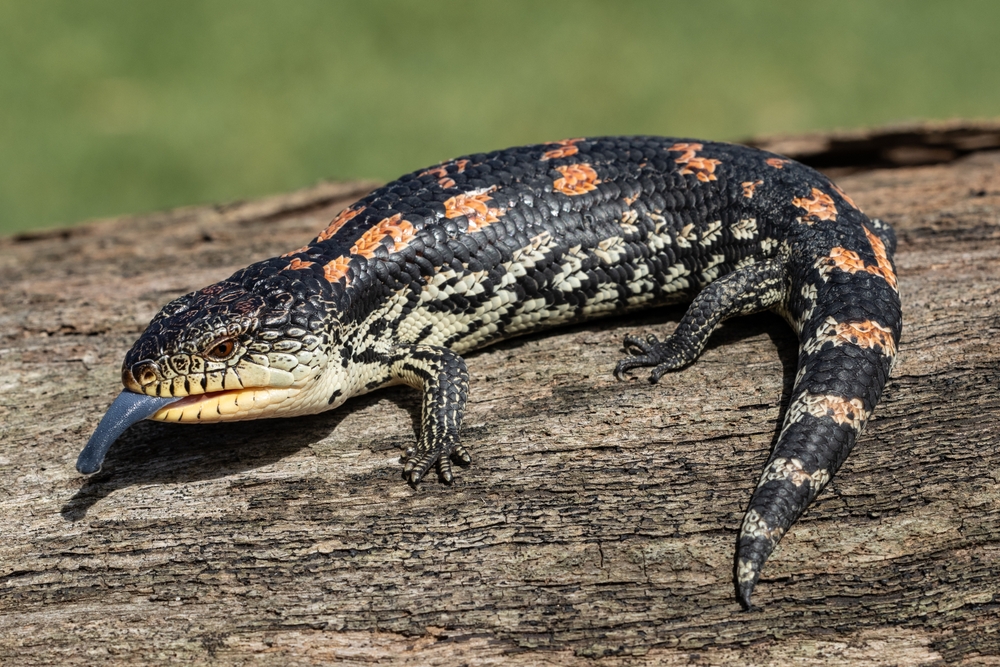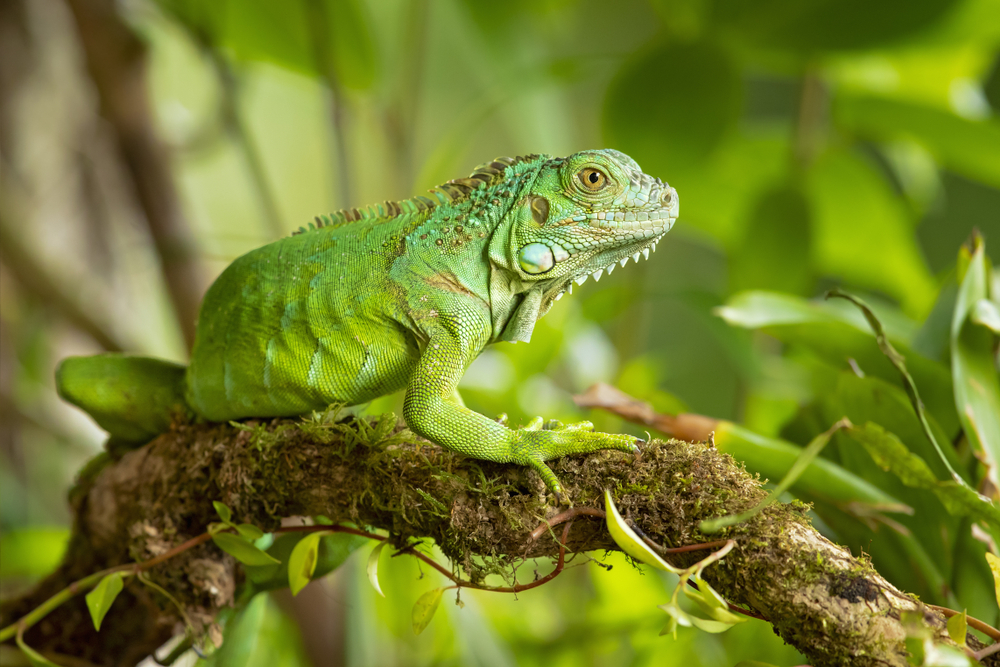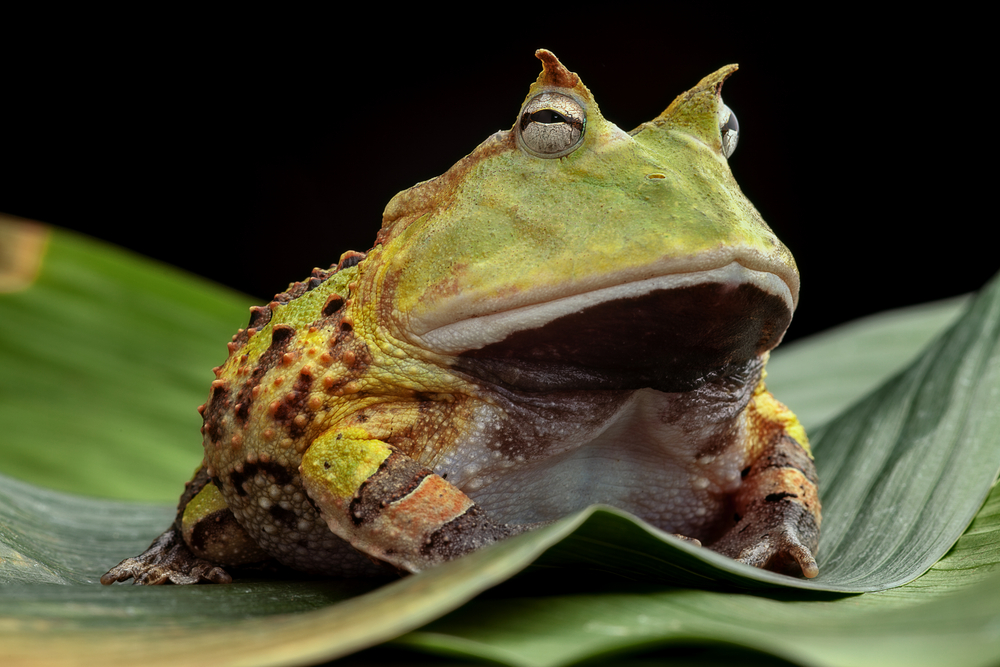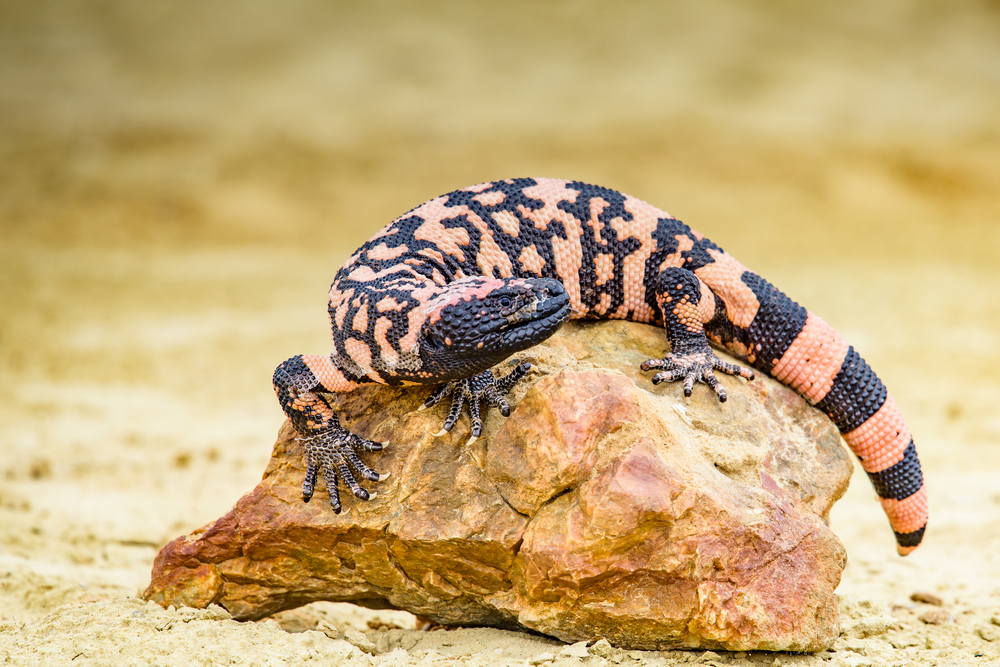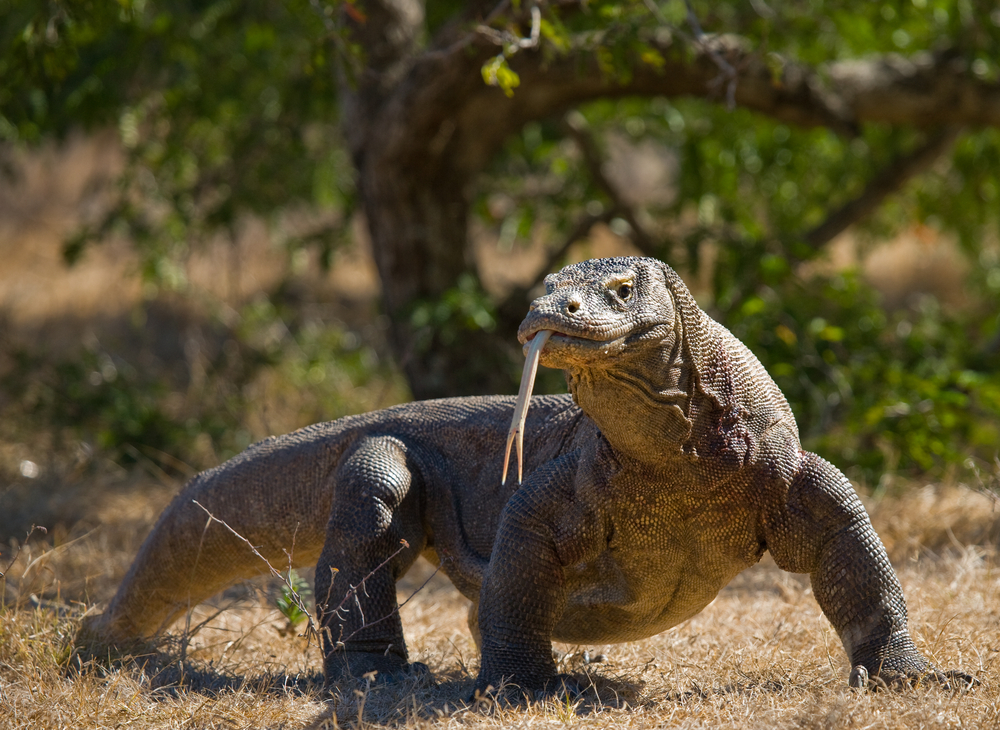The Bronze Grass Skink is a highly active insectivore, relying on a steady supply of small invertebrates to fuel its rapid metabolism and agile lifestyle. Its feeding behavior is finely tuned to its terrestrial grassland and forest-edge habitats, where it forages among leaf litter, soil, and low vegetation.
Diet in the Wild:
-
Primary Foods:
-
Insects: ants, termites, crickets, beetles, grasshoppers, caterpillars
-
Arachnids: small spiders and mites
-
Other invertebrates: worms, insect larvae, small snails
-
-
Occasional Plant Material:
-
May consume soft fruit or fallen berries opportunistically, though plant matter is minimal in its natural diet
-
Feeding Behavior:
-
Diurnal Forager:
-
Actively hunts during the day, especially in the morning and late afternoon when temperatures are moderate
-
-
Visual Hunter:
-
Locates prey by movement detection, using excellent vision and rapid reflexes
-
-
Ground-Oriented Feeding:
-
Forages in leaf litter, under rocks, and around grasses, quickly darting to snatch prey with precision
-
Feeding in Captivity:
-
Insects Offered:
-
Crickets, mealworms, fruit flies, small roaches, and waxworms (as treats)
-
All prey should be gut-loaded and dusted with calcium and vitamin D3 for bone health
-
-
Feeding Frequency:
-
Juveniles: daily feedings
-
Adults: every other day or 3–4 times per week
-
-
May accept finely chopped fruits or greens occasionally, but live insects remain the staple
Hydration:
-
In the wild, hydration is obtained through:
-
Morning dew on leaves and rocks
-
Moisture from insects and occasional fruit
-
-
In captivity, access to a shallow water dish or periodic misting supports hydration
Ecological Role:
-
Helps control insect populations, especially ants and termites
-
Acts as prey for larger animals, linking lower and higher trophic levels in the ecosystem
The Bronze Grass Skink’s diet reflects its status as a fast, efficient insect hunter, perfectly adapted to its ground-dwelling lifestyle. Its focus on small, soft-bodied invertebrates supports its energetic behavior and makes it an important insect regulator in grassland and forest ecosystems.



































































